Cholera is one of the world’s more notorious diseases because of its ability to produce outbreaks and quickly kill significant numbers of people. In light of this fact, it is hard to believe that it is actually a highly treatable disease. As a traveler, your risk is relatively low, unless there is an outbreak going on. Nonetheless, it’s important to know the basics about cholera prevention and treatment.
Cholera Causes and Symptoms
Cholera is a bacterial disease that infects the small intestine. How does the bacteria get inside your body? By eating or drinking something that has been contaminated by the feces of an infected person. Yes, like traveler’s diarrhea, cholera also depends on you eating some amount (a tiny, tiny amount) of someone else’s poop.
Once inside your GI tract, the bacterium begins wreaking havoc in as soon as 5 hours or as long as 5 days. Once it starts producing its toxic proteins, you will be acutely aware of its presence. Cholera is like traveler’s diarrhea on methamphetamines. A truly extraordinary amount of diarrhea that often seems like nothing more than water. Vomiting can be involved as well.
Cholera does its — sometimes lethal — damage by emptying your body of fluids in a short period of time. Untreated, cholera may produce 10-20 liters (!!!) of diarrhea a day. Yikes. If you do nothing about it, there is a good chance that it will be fatal as the combination of severe dehydration and electrolyte imbalance is difficult to overcome. In addition to violent, frequent and profuse vomiting and diarrhea, cholera can also turn the skin a blue-gray color — a result of the extreme fluid loss.
Cholera Prevention
The best means of prevention involve avoiding contaminanted food and water. For detailed tips on this, please see our article on traveler’s diarrhea where we have posted general guidelines for eating and drinking while traveling.
You should also pay attention to the World Health Organization website to see the latest information on outbreaks, if there are any.
Finally, there is a vaccine available for Cholera, but it is not as effective as many other vaccines (roughly 50% effective after the first year and 60% after the second) and it is currently not recommended by the CDC unless you are traveling to an area that is affected by an outbreak.
Cholera Treatment
Cholera treatment is typically very straightforward. It involves aggressively replenishing lost fluids through oral rehydration therapy. Oral rehydration salts can be bought from almost any pharmacy in the world. Rice based solutions are generally the most effective for fluid retention.
If you are in an area with a cholera outbreak or if you are exhibiting symptoms of cholera and you are in an area where it is endemic, you should get to a clinic for treatment as quickly as possible. Often, cholera can be treated solely with oral rehydration therapy, but in some cases, the fluids cannot be tolerated and in others, you may be severely dehydrated. In either case, fluids supplied via IV may be required.
Antibiotics may shorten the length of cholera infection and they may also decrease the severity, but they are generally not required for treatment. Doxycycline is commonly the first line of defense if antibiotics are called for.
It is unlikely that you will have a run-in with cholera, but it’s important to know the basics regardless. Many of cholera’s victims are the young and elderly in places where treatment is difficult to access in time. That said, it can also kill perfectly healthy adults if treatment is delayed.


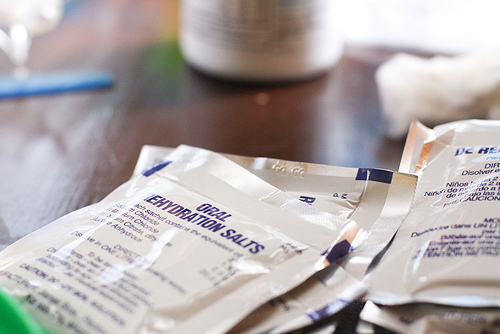




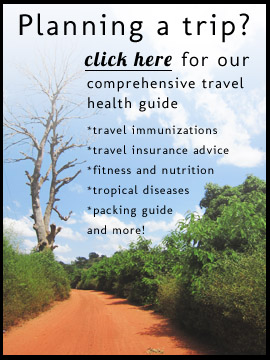

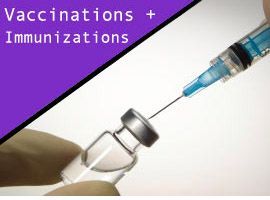

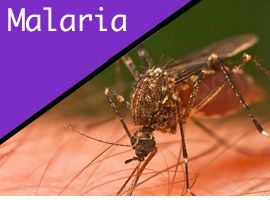
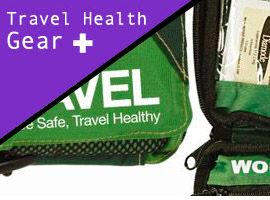
{ 2 comments… add one }